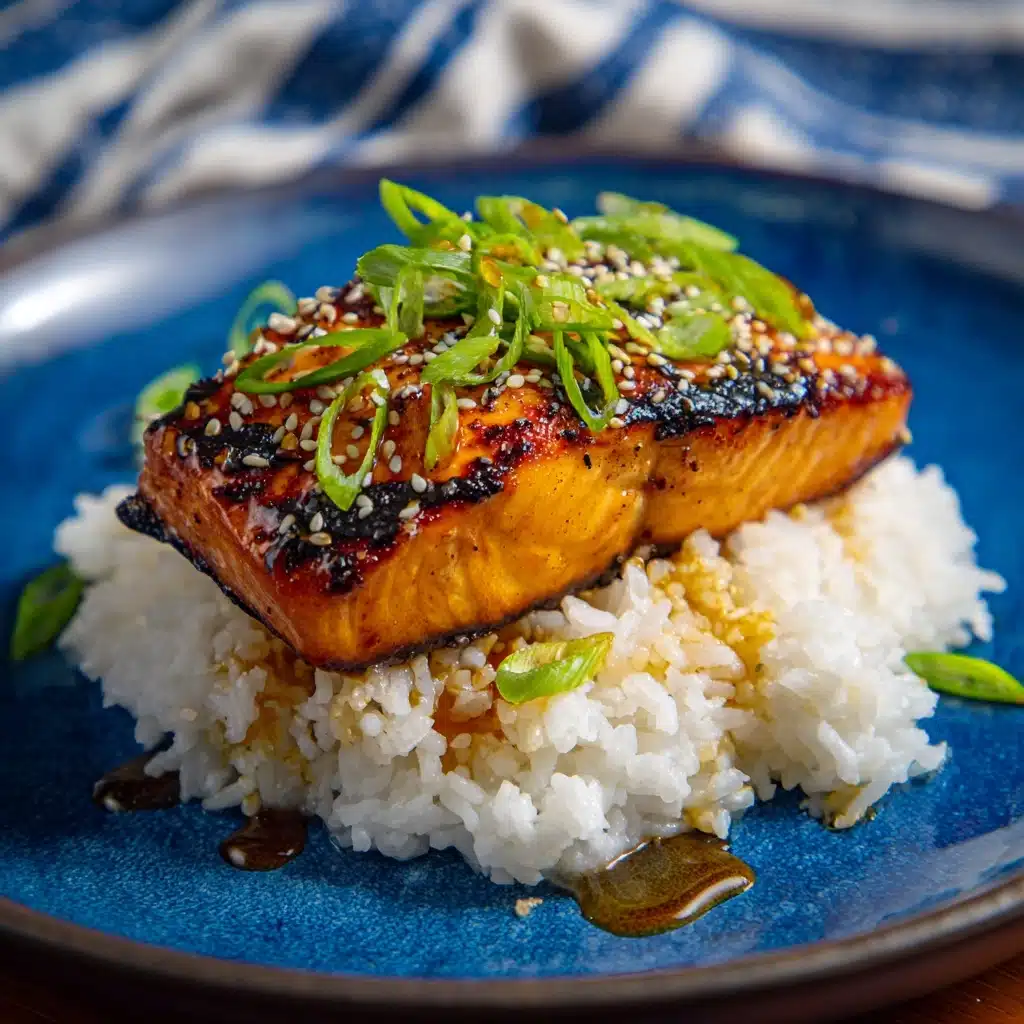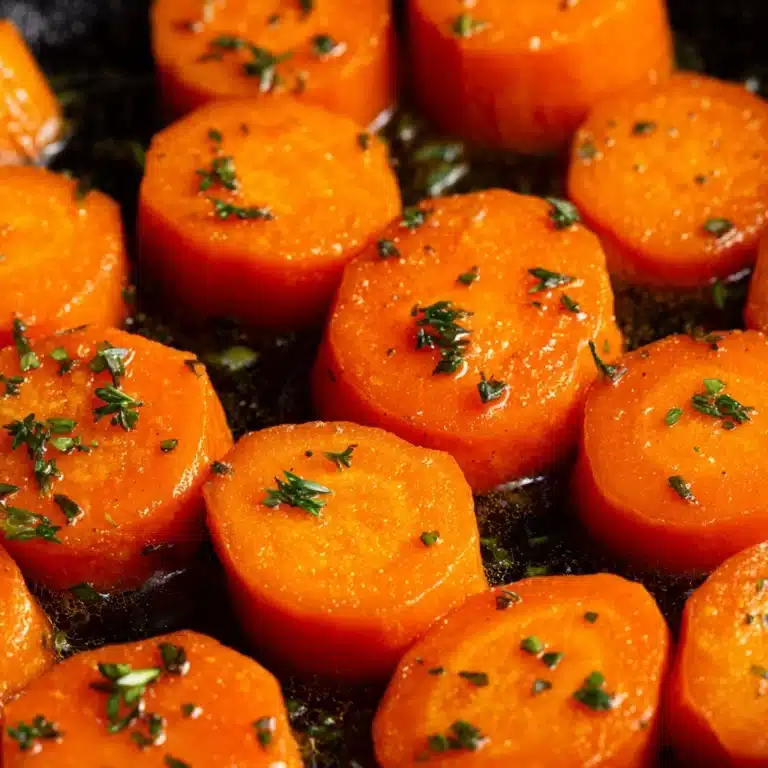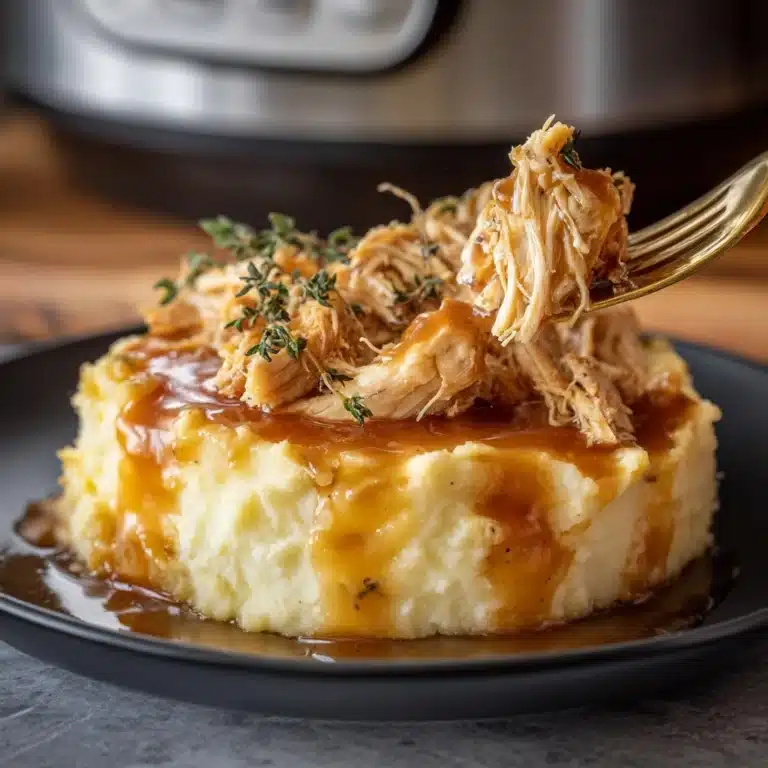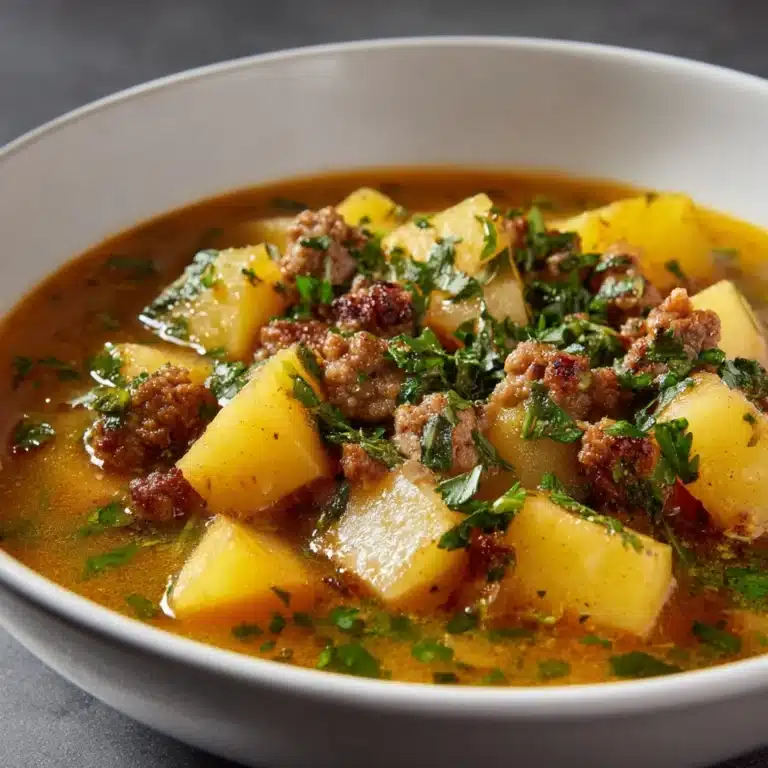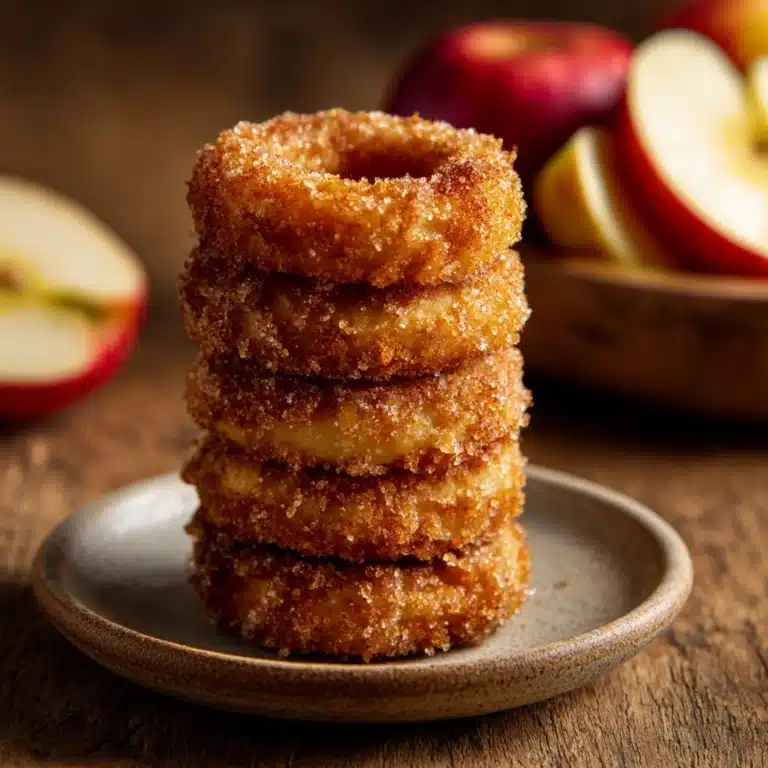If you’ve ever craved an elegant yet totally doable Japanese-inspired dish to take your weeknight dinner to the next level, Salmon Misoyaki with Gomasio is the answer you’ve been dreaming of. This dish features buttery-rich salmon fillets marinated in a sweet-savory miso glaze, baked to succulent perfection, and finished with a sprinkle of homemade gomasio—a simple Japanese sesame-salt seasoning that brings a touch of nutty crunch. From its gorgeous color to its incredibly satisfying flavor, Salmon Misoyaki with Gomasio is the kind of recipe you’ll want to make over and over again!
Ingredients You’ll Need
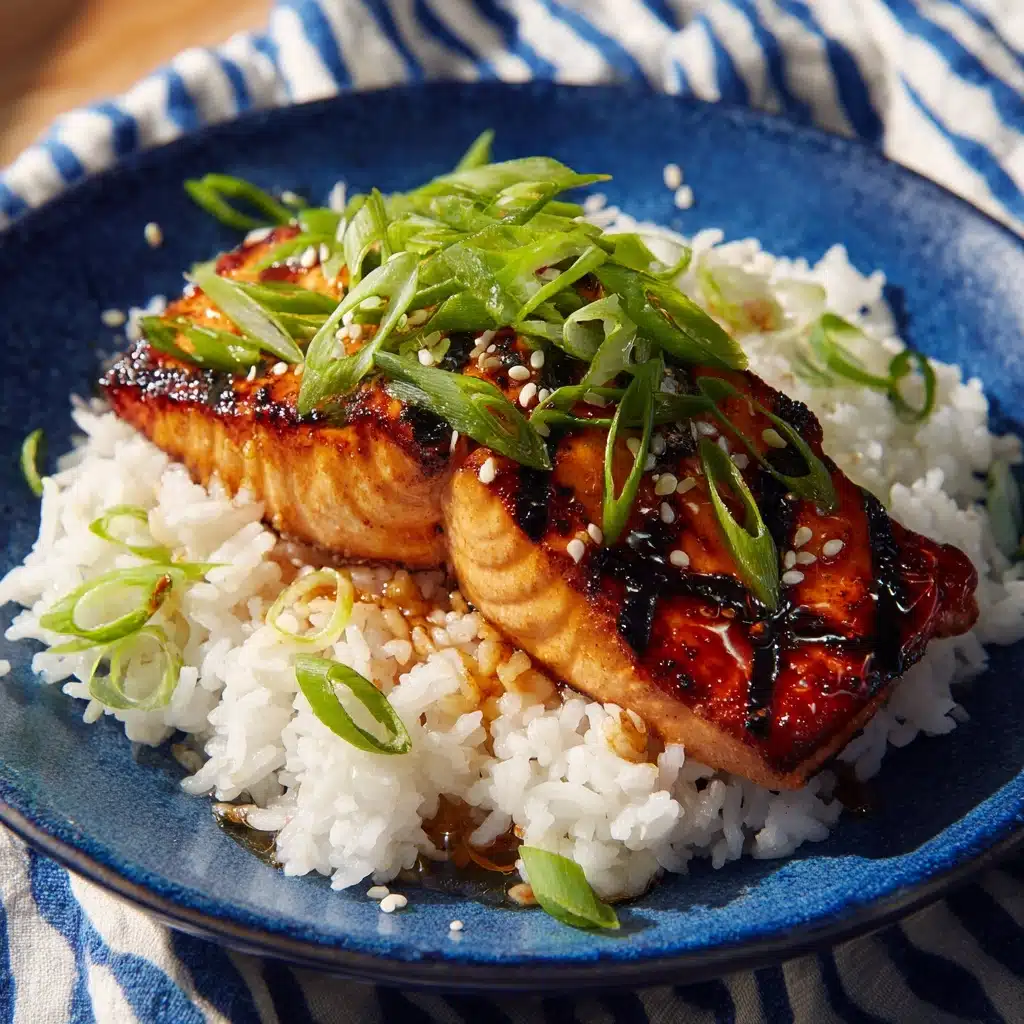
Ingredients You’ll Need
Every ingredient in this dish serves an important purpose, building layers of umami, aroma, and color you’ll taste in every bite. Assemble these items with care—the magic of Salmon Misoyaki with Gomasio is all in the details!
- Salmon fillets: Choose fresh, evenly-sized fillets so each one bakes up moist and tender.
- White miso paste: This milder variety of miso gives the marinade a delicate, subtly sweet flavor.
- Mirin: A sweet Japanese rice wine, mirin rounds out the savory edge of the miso and helps the glaze caramelize.
- Sake (optional): Adds depth and aroma—use extra mirin if you skip it, so you don’t miss out on any flavor.
- Honey or maple syrup: Lends natural sweetness and extra gleam to the marinade.
- Soy sauce: Just a splash seasons the glaze and deepens the umami note.
- Grated fresh ginger: Gives everything a gentle zing and lovely fragrance.
- Toasted sesame seeds: The heart of the gomasio, these add irresistible nutty crunch.
- Sea salt: Blended with the sesame, this elevates the entire salmon dish right at the end.
How to Make Salmon Misoyaki with Gomasio
Step 1: Prepare the Miso Marinade
Start by making the marinade that is the heart of Salmon Misoyaki with Gomasio. In a medium bowl, whisk together the white miso paste, mirin, sake (if you’re using it), honey or maple syrup, soy sauce, and freshly grated ginger. Make sure the mixture is silky-smooth, with no lumps, so the flavor is evenly distributed over every bite of salmon.
Step 2: Marinate the Salmon
Pat your salmon fillets dry and place them skin-side down in a shallow dish. Spoon the miso marinade generously over each fillet, making sure to coat the top completely. Cover tightly and refrigerate for at least an hour—though if you have time, marinate overnight for an even richer flavor. This step infuses the salmon with the glaze’s deep umami character.
Step 3: Bake the Salmon
When you’re ready to cook, preheat your oven to 400°F. Line a baking sheet with foil for easy cleanup and arrange the salmon fillets skin-side down. Bake for 12 to 15 minutes, depending on the thickness of the fillets, until the salmon is opaque and flakes easily with a fork. The marinade should be bubbling and slightly caramelized—your kitchen will smell incredible!
Step 4: Make and Add the Gomasio
While the salmon bakes, it’s time to bring your gomasio to life. In a small bowl, combine the toasted sesame seeds and sea salt. Once the salmon is perfectly cooked, sprinkle the gomasio generously over the top of each fillet. This simple finishing touch is what transforms your Salmon Misoyaki with Gomasio from good to unforgettable!
How to Serve Salmon Misoyaki with Gomasio
Garnishes
Elevate your Salmon Misoyaki with Gomasio by finishing it with a scatter of sliced scallions, a sprinkle of extra toasted sesame seeds, or a few microgreens. These garnishes enhance both the flavor and the lovely presentation, creating a dish that looks as fantastic as it tastes.
Side Dishes
To make this meal complete, pair your salmon with simple sides that let the flavors shine: a bowl of fluffy steamed rice, sautéed greens like bok choy or spinach, or perhaps a crisp cucumber salad. These light companions echo the freshness and balance of the main dish.
Creative Ways to Present
Surprise your guests by flaking the salmon and serving it over a vibrant grain bowl with pickled vegetables, or try making open-faced sushi by layering the fillets atop bite-sized rice cakes. However you plate it, Salmon Misoyaki with Gomasio always steals the show with its stunning color and irresistible aroma.
Make Ahead and Storage
Storing Leftovers
If you have any leftovers, store the cooled Salmon Misoyaki with Gomasio in an airtight container in the fridge. It will stay fresh for up to two days, and the flavors tend to deepen beautifully overnight.
Freezing
Want to plan ahead? Freeze individual portions of cooked salmon, tightly wrapped, for up to one month. For best texture, sprinkle fresh gomasio just before serving after reheating.
Reheating
Reheat cold salmon gently in a 300°F oven for about 10 minutes, or until just warmed through. Avoid microwaving, as it can dry out the delicate fish—low and slow is the secret for moist, flavorful leftovers.
FAQs
Can I use red miso instead of white miso?
Red miso has a stronger, saltier, and earthier flavor than white miso, so it will create a more intense marinade. If you love bold flavors, give it a try, but start with a little less and adjust to your taste. For the classic, balanced flavor of Salmon Misoyaki with Gomasio, white miso is your best bet.
What is gomasio and how else can I use it?
Gomasio is a Japanese seasoning blend made with toasted sesame seeds and salt. Besides topping Salmon Misoyaki with Gomasio, you can sprinkle it over salads, rice, stir-fried veggies, or even popcorn for a delightful savory crunch.
Do I need to remove the skin from the salmon before baking?
It’s best to keep the skin on while baking, as it helps keep the salmon moist and flavorful. You can easily lift the flesh off the skin when serving, if you prefer, or enjoy the crispy bits if you bake it directly on a hot baking sheet.
Is this recipe gluten-free?
Yes, Salmon Misoyaki with Gomasio can be made gluten-free by using a gluten-free soy sauce or tamari in the marinade. Always check your labels to be sure!
Can I grill the salmon instead of baking?
Absolutely! For a delicious smoky twist, grill the marinated fillets over medium-high heat for about 4–5 minutes per side. Just be sure to oil your grill grates well and monitor the fish closely to prevent sticking.
Final Thoughts
Truly, Salmon Misoyaki with Gomasio is the kind of recipe that feels as special as it tastes, bringing together craveable Japanese flavors with the comfort of a home-cooked meal. I hope you’ll give it a try soon and experience the joy of a dish that’s both impressive and totally doable—happy cooking!
Print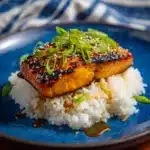
Salmon Misoyaki with Gomasio Recipe
- Total Time: 1 hour 25 minutes (including marinating)
- Yield: 4 servings 1x
- Diet: Non-Vegetarian
Description
Indulge in the savory umami flavors of this Japanese-inspired Salmon Misoyaki with Gomasio recipe. Tender salmon fillets marinated in a blend of miso, mirin, and ginger, then baked to perfection and topped with a sprinkle of sesame seed gomasio.
Ingredients
Salmon Misoyaki:
- 4 salmon fillets (about 6 ounces each)
- 1/4 cup white miso paste
- 2 tablespoons mirin
- 1 tablespoon sake (optional)
- 1 tablespoon honey or maple syrup
- 1 teaspoon soy sauce
- 1 teaspoon grated fresh ginger
Gomasio:
- 1 tablespoon toasted sesame seeds
- 1 teaspoon sea salt
Instructions
- Mix the Marinade: In a bowl, whisk together miso paste, mirin, sake, honey, soy sauce, and ginger until smooth.
- Marinate Salmon: Spread the miso marinade over salmon fillets, cover, and refrigerate for at least 1 hour.
- Bake Salmon: Preheat oven to 400°F. Bake salmon fillets for 12-15 minutes until cooked through.
- Prepare Gomasio: Combine sesame seeds and sea salt, then sprinkle over cooked salmon before serving.
Notes
- If you don’t have sake, you can omit it or substitute with additional mirin.
- Use white miso for a milder flavor.
- Serve with steamed rice and vegetables for a complete meal.
- Prep Time: 10 minutes
- Cook Time: 15 minutes
- Category: Main Course
- Method: Marinating, Baking
- Cuisine: Japanese
Nutrition
- Serving Size: 1 fillet
- Calories: 350
- Sugar: 5g
- Sodium: 600mg
- Fat: 20g
- Saturated Fat: 3g
- Unsaturated Fat: 15g
- Trans Fat: 0g
- Carbohydrates: 8g
- Fiber: 1g
- Protein: 35g
- Cholesterol: 80mg
